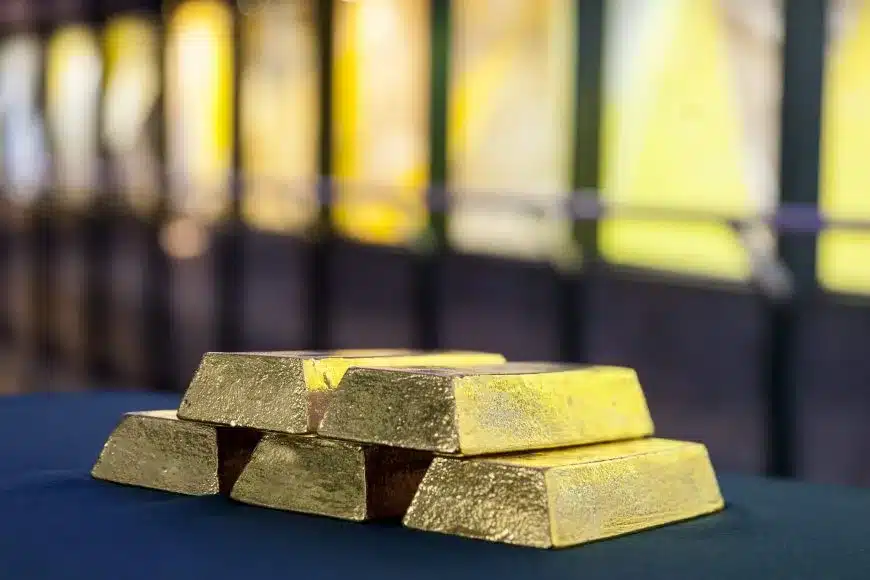Surprisingly, the biggest player in the gold-buying market right now is the National Bank of Poland (NBP). In July, NBP purchased an impressive 14 tons of gold, bringing their total purchases for the year to 33 tons. While Turkey surpasses Poland in terms of gold reserves, its central bank sporadically sells gold to raise funds for stabilizing its currency, which continues to lose value due to extremely high inflation. That’s why NBP can be considered a leader in gold accumulation. But does NBP’s purchasing behaviors anticipate tougher times ahead?
“It’s rather a desire for diversification and to achieve a 20% gold share in the reserves. Currently, it’s close to 15%, while mid of last year it was 10%,” says Michał Stajniak, deputy director of XTB’s Analysis Department, in a conversation with MarketNews24. “NBP is therefore increasing the amount of gold in relation to currency assets.”
Gold has shown in recent years that it can continue to rise and reach new historical peaks, even in a high-interest-rate environment. However, inflation is falling (aside from in Poland). But is gold ready for another rising wave, given the current fundamental situation, the coming interest rate cuts, the presidential elections in the U.S., and still tense geopolitical situation globally? Looking at data for Q2 2024, it hasn’t been this bad for a while. Jewelry demand is at its lowest since 2020, and overall demand is the lowest since 2021. Jewelry demand—often exceeding 50% in a quarter—is the bedrock of gold demand.
ETF funds are gearing up to buy. Buying an ETF fund in gold is something of a self-fulfilling prophecy: buying an investment unit creates a need for physical gold buying by the fund, which leaves less available on the market and causes price increases. The correlation is positive. Investors buy ETF fund units when interest rates are lowered, a moment set to happen very soon.
Lower interest rates, of course, mean more money in the market. This causes gold to appreciate in the long term. Looking at the behavior of gold prices before and after the first Fed rate cut in the last 40 years shows that gold typically gained about 20% two years after the first cut.
Increases since the beginning of the year are quite large and are at around 20%. Looking at the 5- and 10-year average behavior of gold prices, as well as long-term trends since the 1950s, gold mostly gained throughout the year. Investors are waiting for Fed rate cuts and have already priced them in. It’s tough to rule out profit taking after the Fed’s September decision, which is what seasonality predicts.
Although gold is currently at historical highs, its long-term prospects continue to look optimistic, especially given that we have a heavily bought stock market, which may not be ready to beat market expectations as it has in the past few years.
“I would now expect a 5-10% correction in the price of gold, but there is a high chance that we will end the year at the level of at least 2,500 USD per ounce, and there is potential to reach 2,600 USD,” comments M. Stajniak from XTB. “From the perspective of Polish investors, gold has not yet exceeded 10,000 PLN per ounce, but it could happen if the Polish zloty weakens. It is important, however, to invest in gold long-term, which reduces risk.”
Source: https://managerplus.pl/nbp-liderem-w-zakupach-zlota-czy-polska-przygotowuje-sie-na-trudniejsze-czasy-92158
